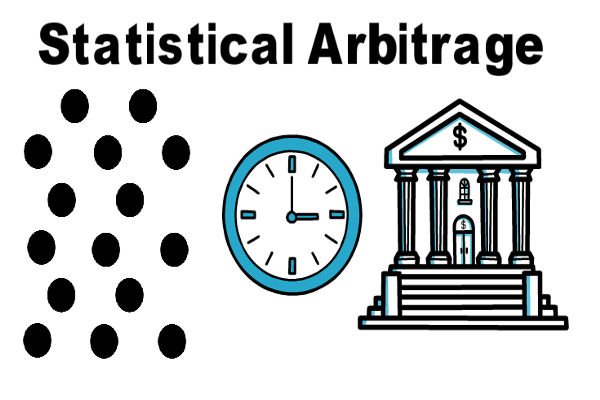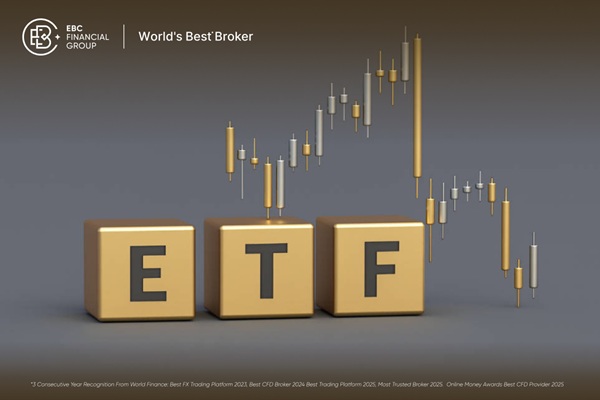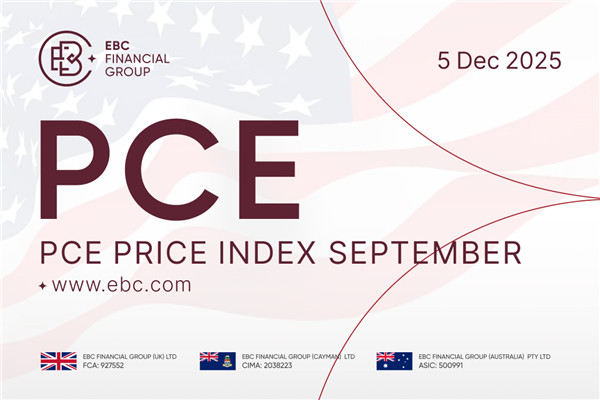Quantitative easing (QE) is a monetary policy tool. The central bank
increases the Money supply by purchasing Treasury bonds and other assets to
stimulate economic growth and raise inflation. Although QE has certain
advantages in dealing with economic recession and deflation, there are also some
drawbacks and risks.

Advantages (Benefits):
1. Stimulating economic growth
QE stimulates economic growth by increasing the Money supply, lowering
interest rates, and encouraging enterprises and individuals to borrow and
invest. This helps increase employment rates and production levels.
2. Improve the stock market and real estate market
QE has increased liquidity in the market, driving up the stock and real
estate markets. This helps to increase the market value of enterprises and
personal wealth, as well as consumption and investment.
3. Reduce the debt burden
By lowering interest rates, QE enables businesses and individuals to borrow
at lower costs, reducing the debt burden. This helps to improve the
profitability of enterprises and personal consumption.
4. Preventing deflation
One of QE's goals is to increase inflation and avoid the economy falling into
deflation. Deflation may lead to an economic recession and vicious deflation. QE
can avoid this situation by increasing the Money supply.
Disadvantages (Disadvantages):
1. Inflation risk
QE increases the Money supply, which may lead to inflation. If inflation
exceeds the controllable range, it may lead to price rises, asset foam, and
other problems, threatening economic stability.
2. Asset price distortion
QE has driven up the stock and real estate markets, which may lead to
distorted asset prices. This may lead to the formation of asset foam and
increase financial risks.
3. Currency depreciation
QE increases the Money supply, which may lead to currency depreciation.
Currency depreciation can lead to an increase in the price of imported goods,
which has a negative impact on countries with high import dependence.
4. Unfair distribution
The benefits of QE mainly flow to financial institutions and the affluent
class, while the impact on the general public is relatively small. This may
exacerbate the wealth gap and lead to social inequality.
In summary, quantitative easing policy has its advantages and disadvantages.
It can stimulate economic growth, improve the stock and real estate markets,
reduce the debt burden, and prevent deflation. However, it also faces issues
such as inflation risks, distorted asset prices, currency depreciation, and
unfair distribution. Therefore, when implementing QE, it is necessary to weigh
the pros and cons to ensure the sustainability and stability of policies.



























